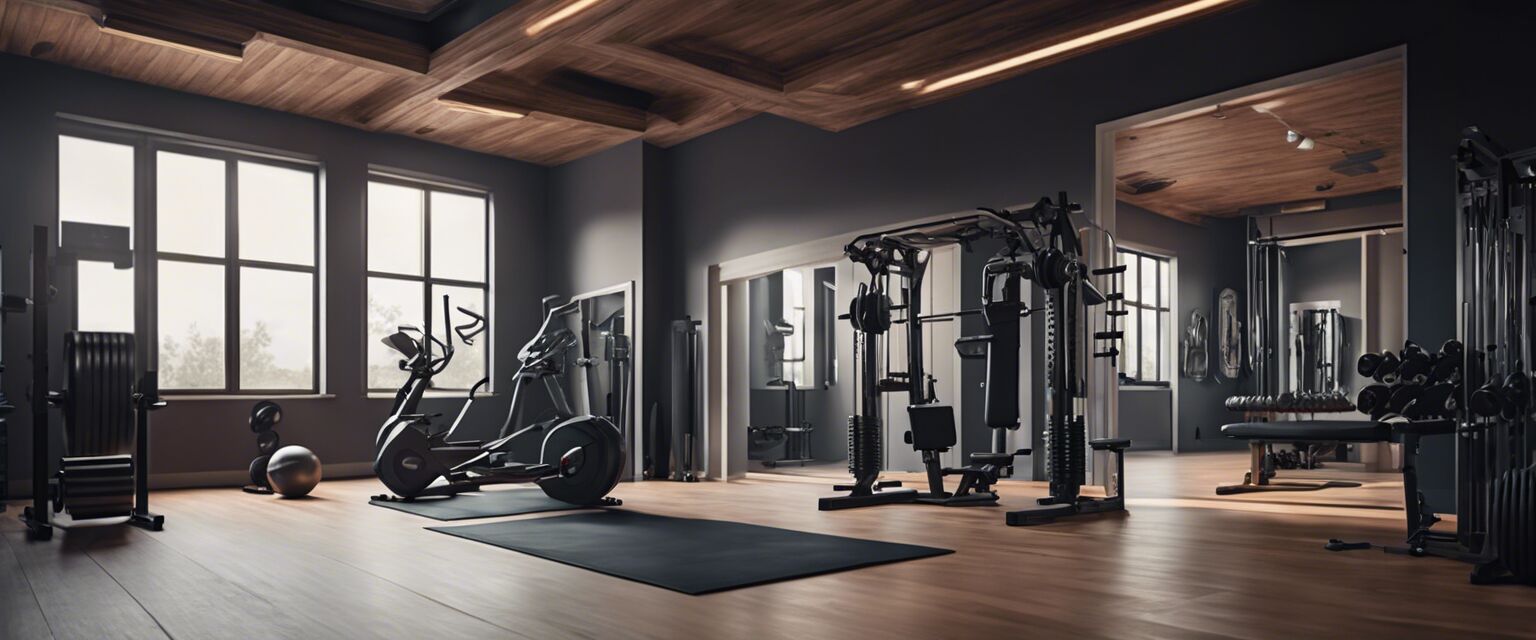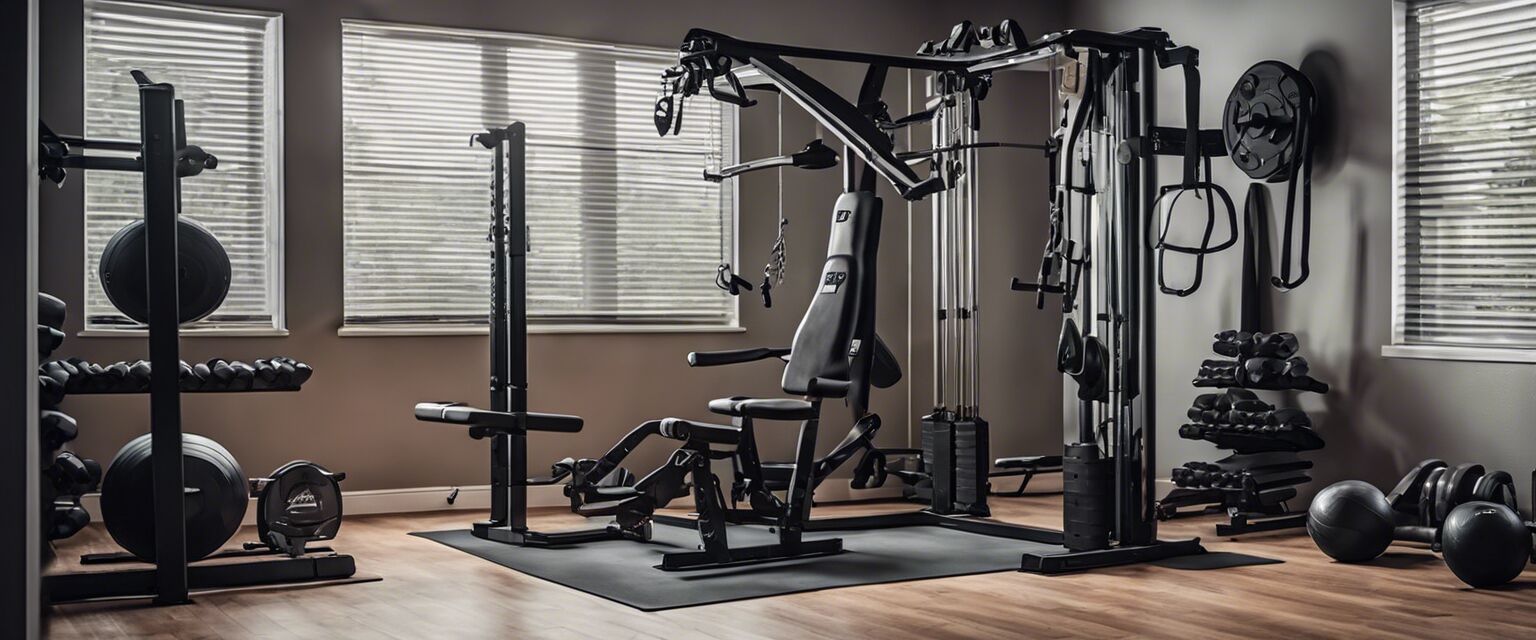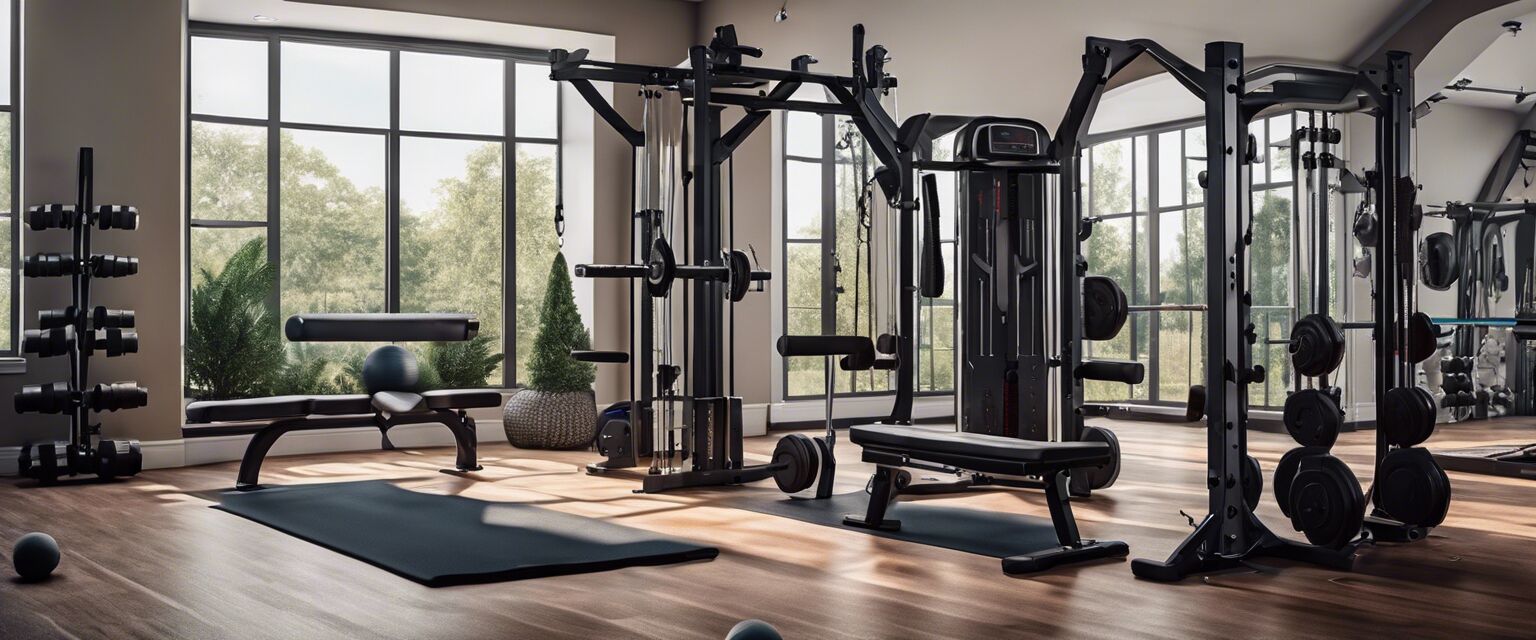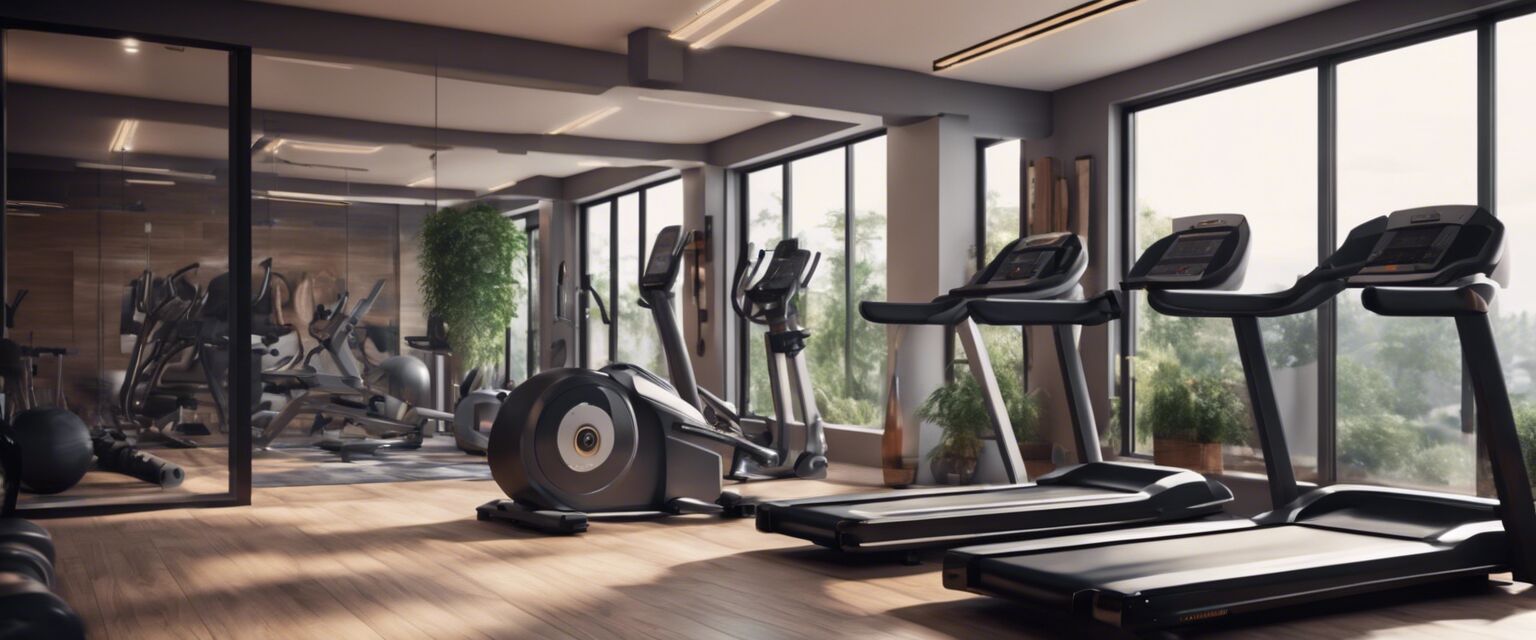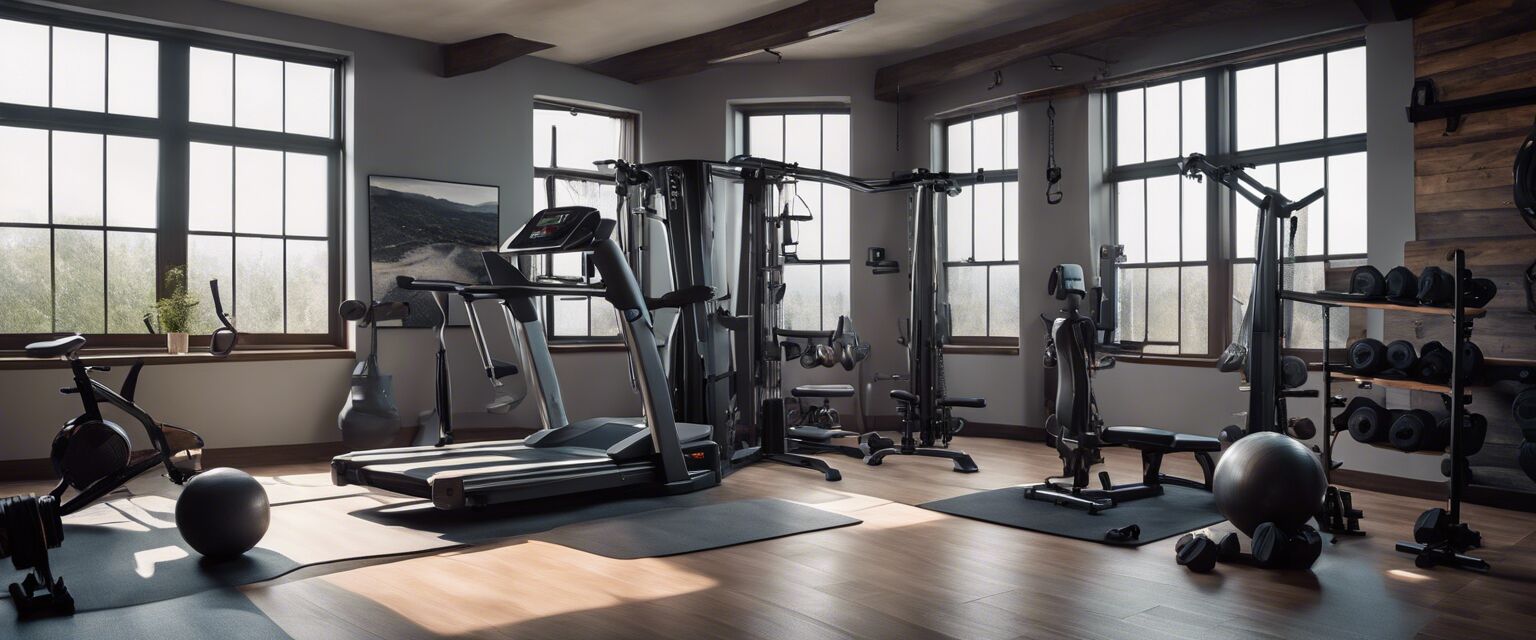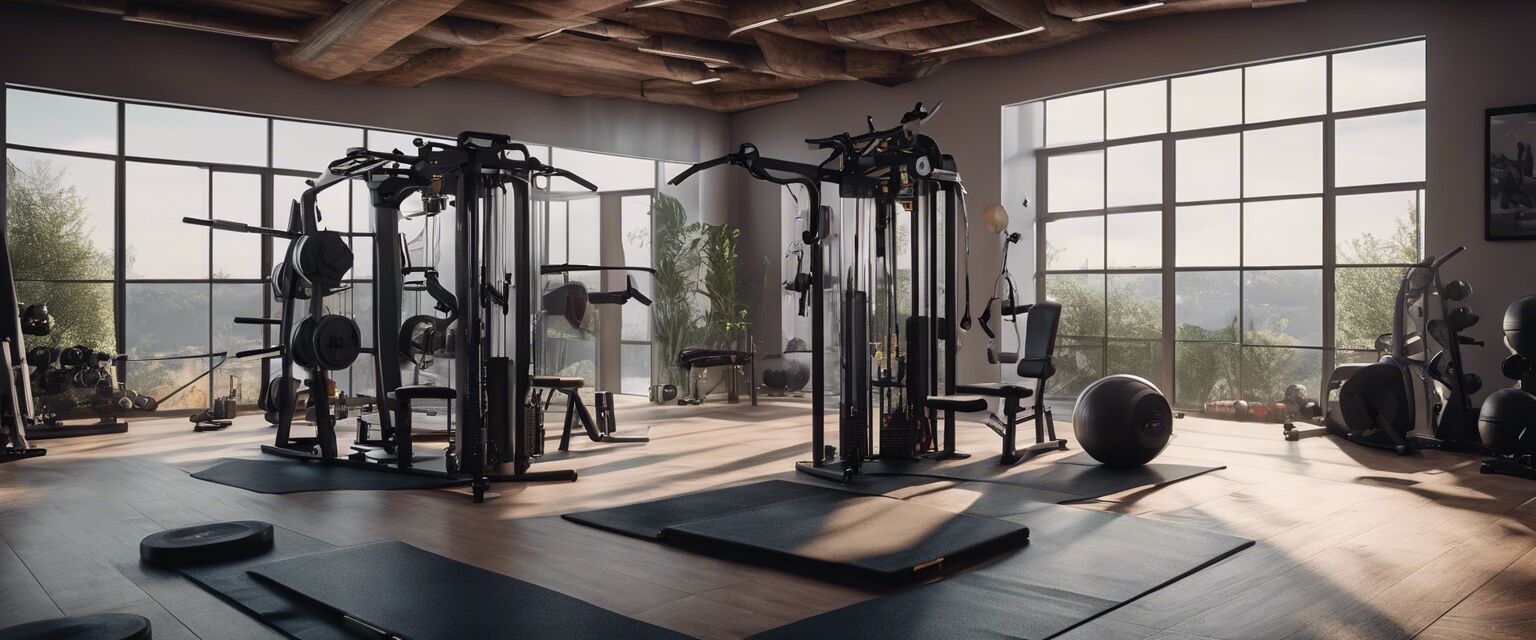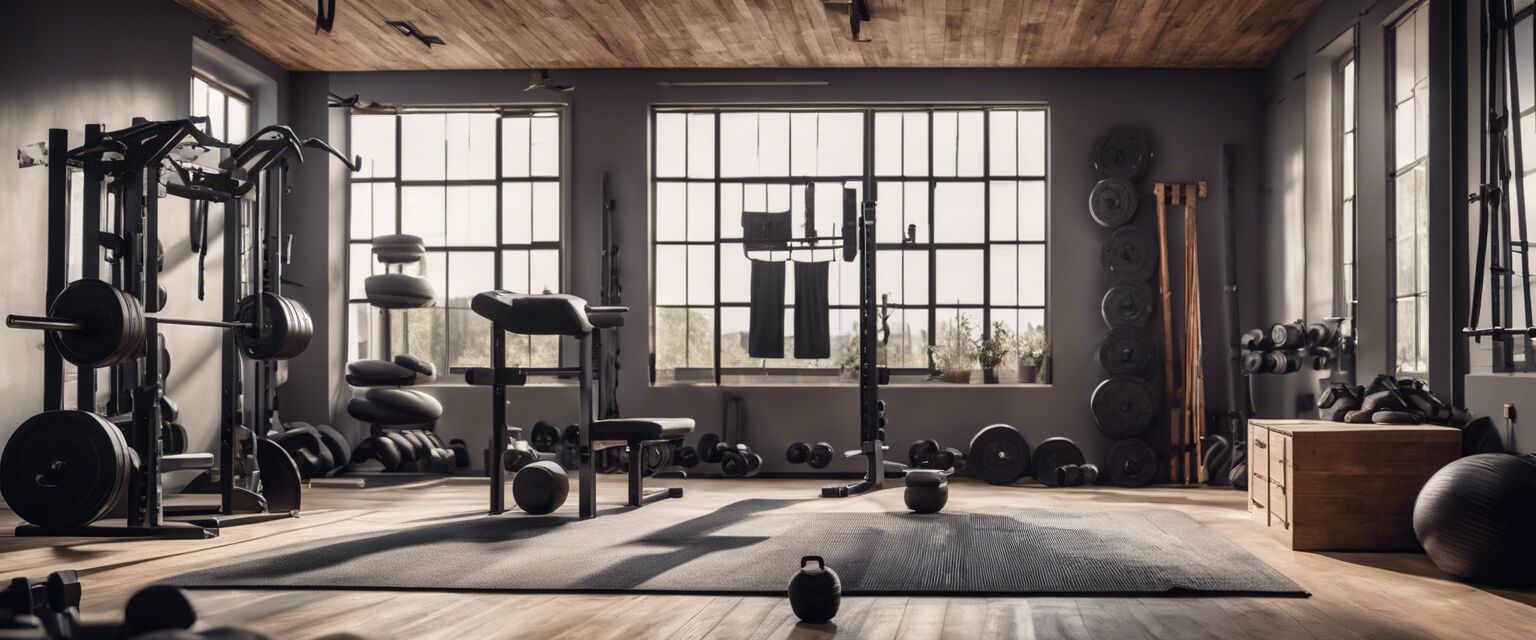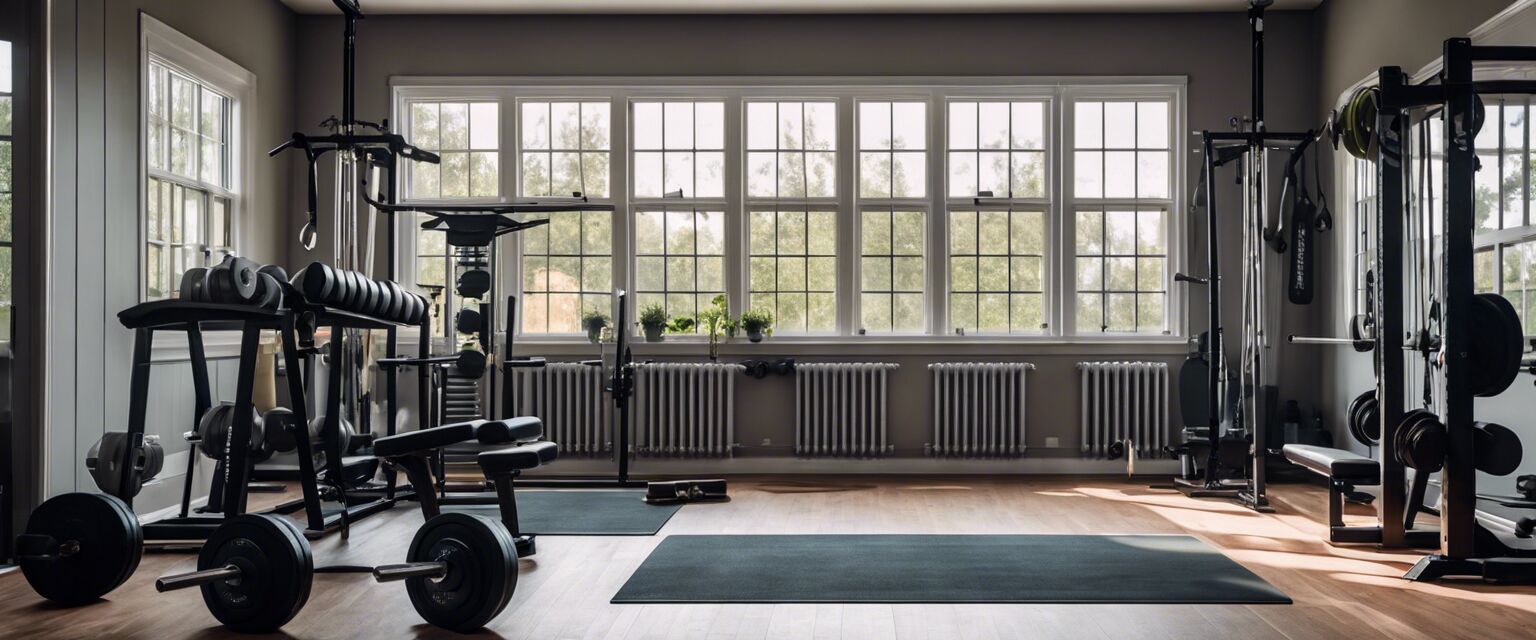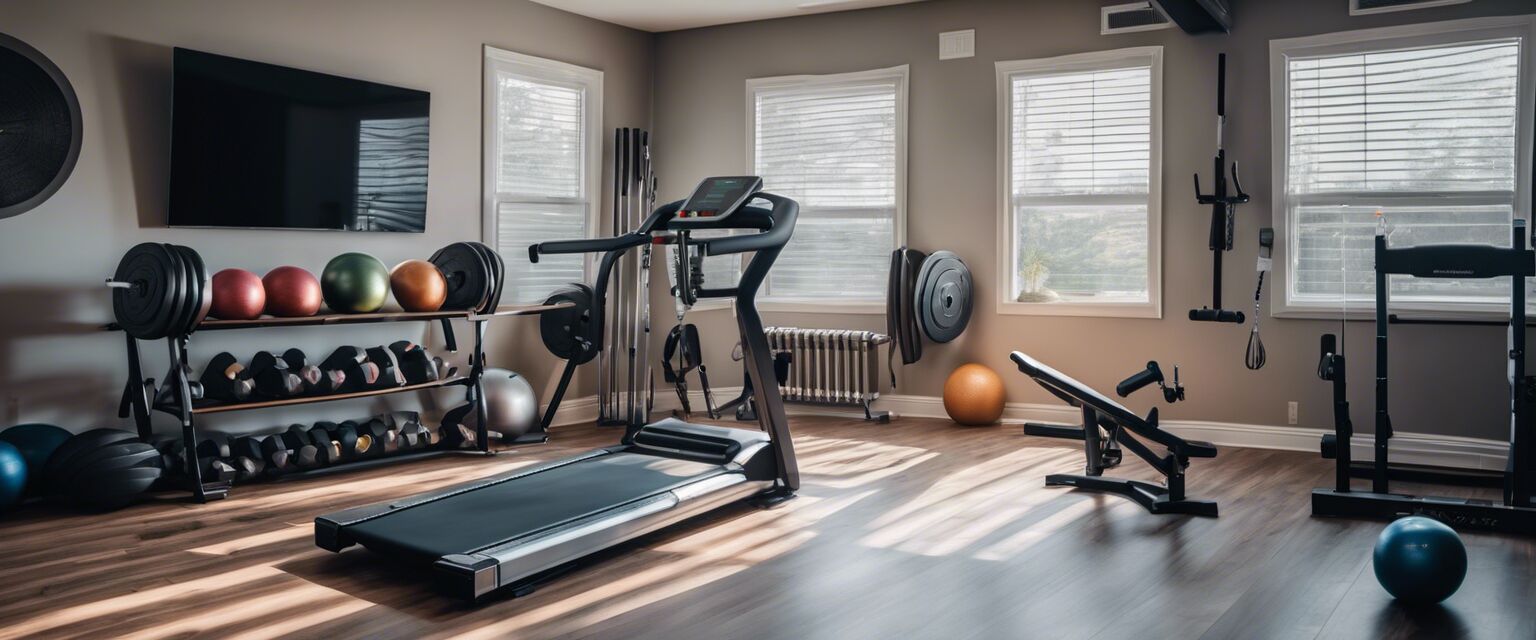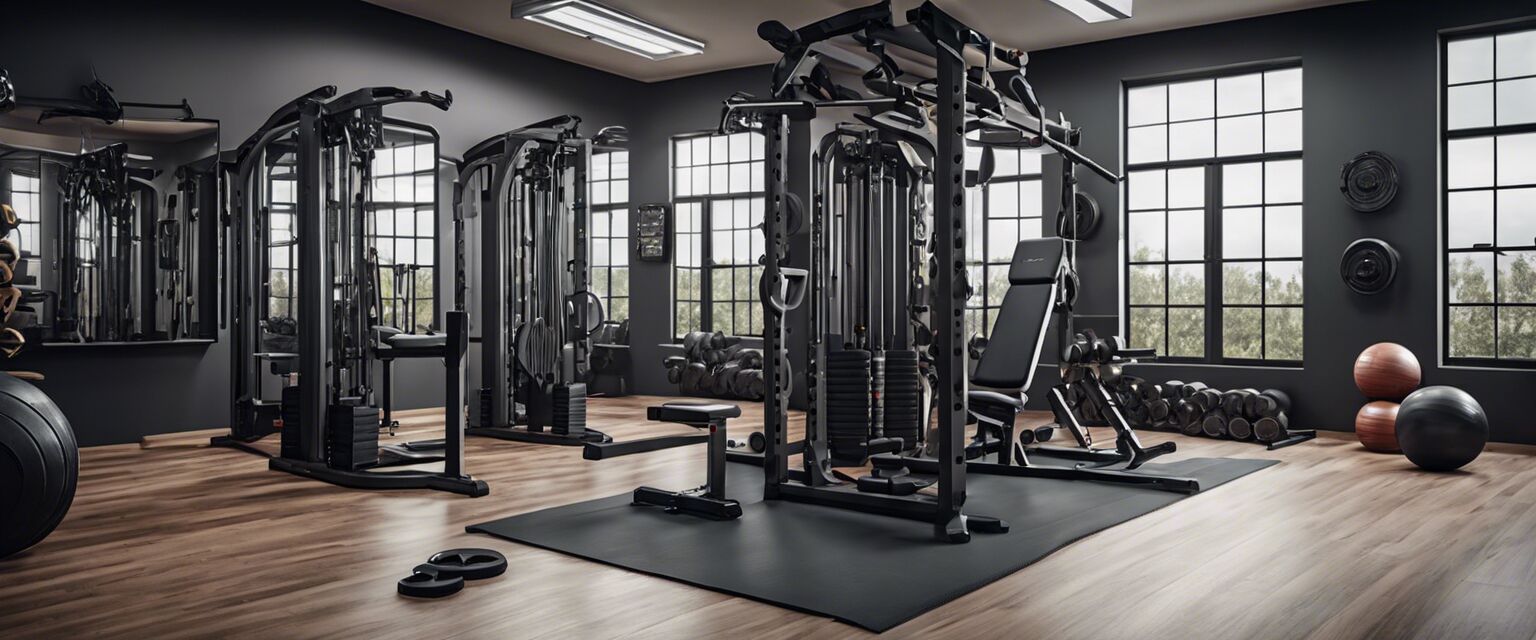
Strength Training Equipment: A Comprehensive Guide to Setting Up Your Home Gym
Setting up a home gym can be a daunting task, especially when it comes to selecting the right strength training equipment. With so many options available in the market, it's essential to know what you need to achieve your fitness goals. In this article, we'll guide you through the process of selecting the right strength training equipment for your home gym.
Key Takeaways:
- Determine your fitness goals and the type of exercises you want to do
- Choose equipment that fits your space and budget constraints
- Consider the durability and quality of the equipment
- Don't forget to include recovery and mobility tools in your setup
Understanding Your Fitness Goals
Before selecting any strength training equipment, it's crucial to identify your fitness goals. Are you looking to build muscle, increase strength, or improve overall fitness? Do you want to focus on specific muscle groups like legs, chest, or back? Knowing your goals will help you determine the type of exercises you need to do and the equipment required for those exercises.
Type of Strength Training Equipment
There are various types of strength training equipment available, each serving a specific purpose. Here's a breakdown of the most common types:
| Equipment Type | Description | Benefits |
|---|---|---|
| Barbells & Plates | Used for weightlifting exercises like squats, deadlifts, and bench press | Builds overall strength, improves muscle mass |
| Dumbbells & Kettlebells | Used for exercises like bicep curls, tricep extensions, and shoulder presses | Improves muscle balance, increases strength |
| Power Racks & Cages | Used for exercises like squats, deadlifts, and bench press with added safety | Provides added safety, improves form and technique |
| Resistance Bands & Accessories | Used for exercises like banded squats, lunges, and chest presses | Improves flexibility, increases strength |
| Weight Benches | Used for exercises like bench press, incline press, and dumbbell press | Improves upper body strength, increases muscle mass |
| Recovery & Mobility Tools | Used for exercises like foam rolling, stretching, and self-myofascial release | Improves flexibility, reduces muscle soreness |
Space and Budget Constraints
When selecting strength training equipment, it's essential to consider your space and budget constraints. If you have limited space, consider compact or multi-functional equipment. If you're on a tight budget, look for affordable options or consider buying second-hand equipment.
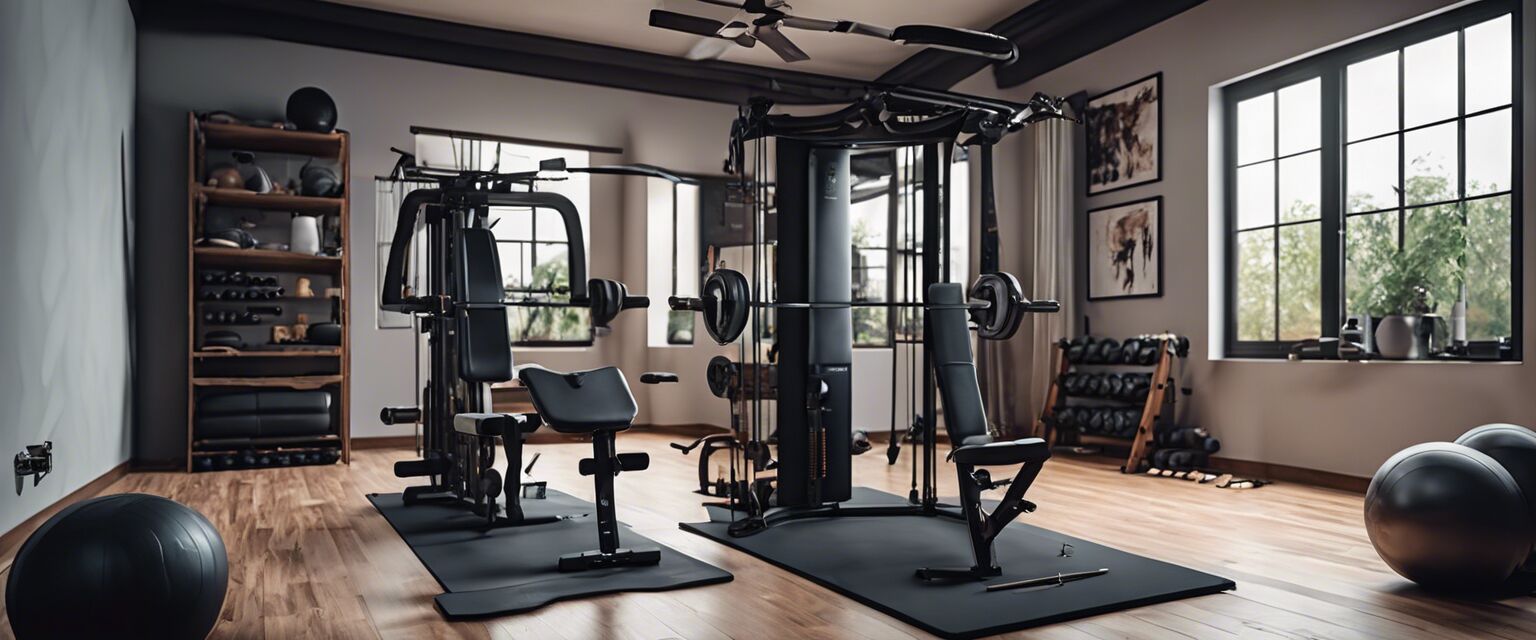
Durability and Quality
The durability and quality of the equipment are crucial factors to consider. Look for equipment made from high-quality materials, with a sturdy construction, and a durable finish. A good quality equipment will last longer, provide better results, and ensure your safety during exercises.
Recovery and Mobility Tools
Recovery and mobility tools are often overlooked when setting up a home gym. However, they're essential for improving flexibility, reducing muscle soreness, and preventing injuries. Consider including tools like foam rollers, resistance bands, and exercise mats in your setup.
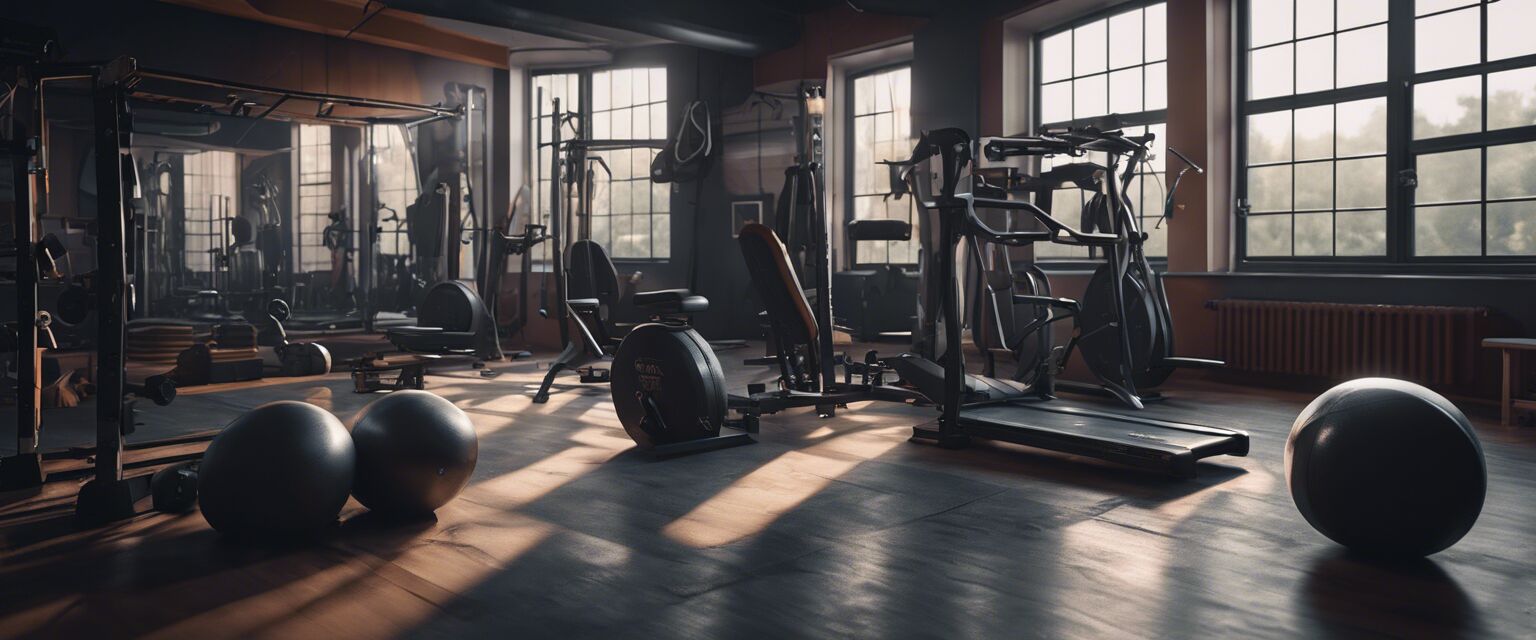
Conclusion
Selecting the right strength training equipment for your home gym requires careful consideration of your fitness goals, space and budget constraints, and the durability and quality of the equipment. By following these guidelines, you'll be able to create a well-rounded home gym that meets your needs and helps you achieve your fitness goals.
For more information on strength training equipment, check out our guides on Barbells & Plates, Dumbbells & Kettlebells, and Power Racks & Cages.
Pros
- Improves overall strength and fitness
- Increases muscle mass and bone density
- Enhances athletic performance
Cons
- Requires dedication and consistent effort
- Can be expensive, especially for high-end equipment
- May require additional space and storage
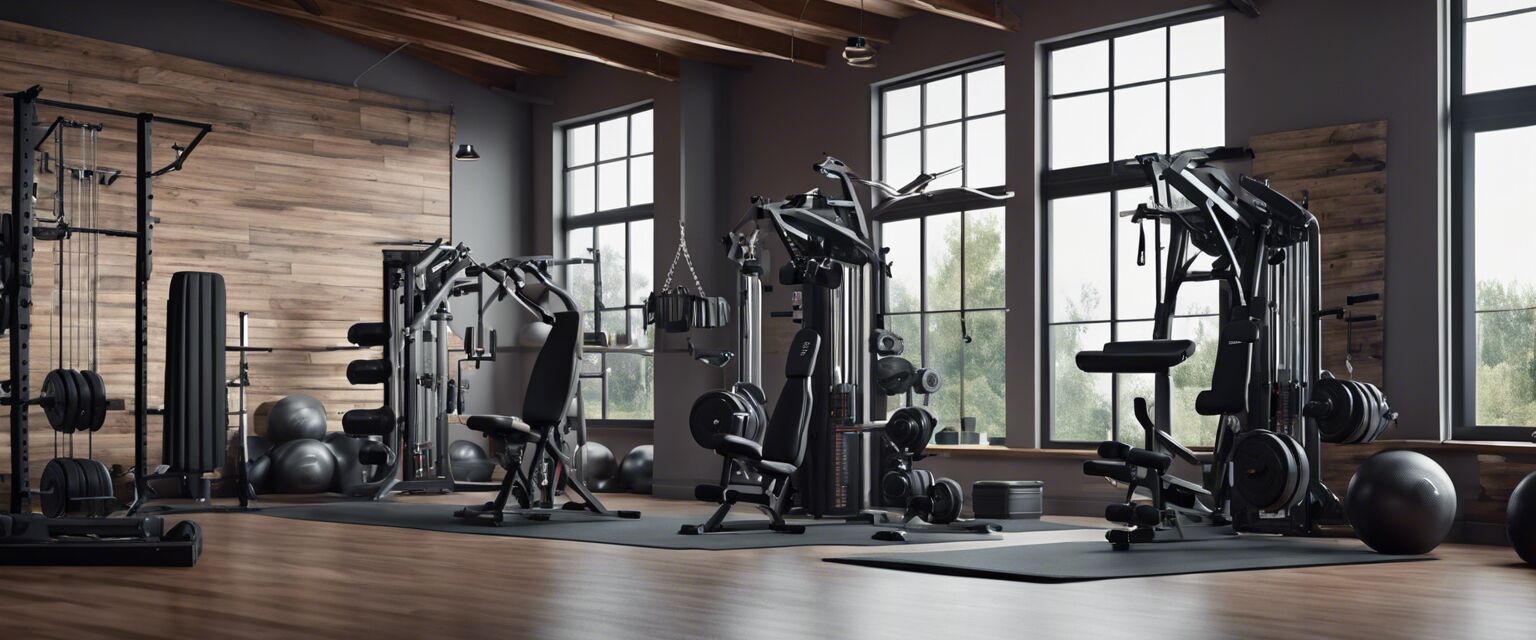
Beginners Section
- Start with basic exercises and gradually increase intensity
- Focus on proper form and technique to avoid injuries
- Consider consulting with a personal trainer or fitness expert

